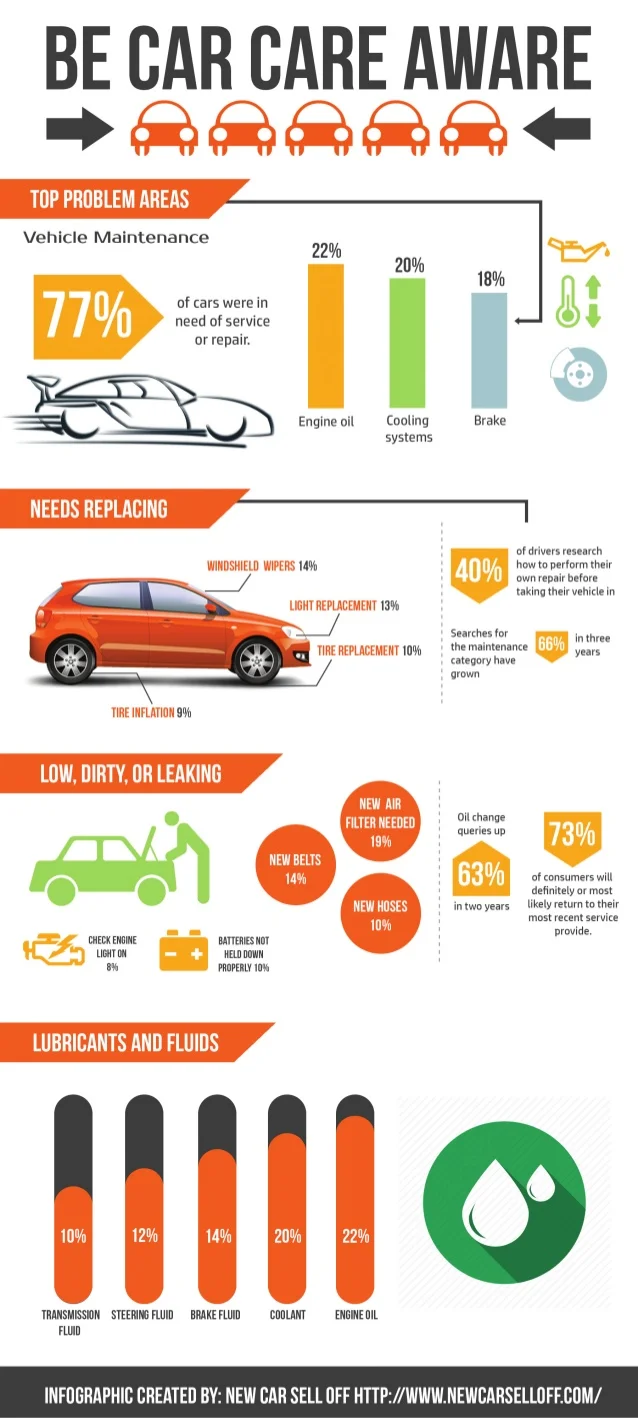Decoding Your Vehicle'S Caution Indicators: What They Really Represent
Decoding Your Vehicle'S Caution Indicators: What They Really Represent
Blog Article
Staff Author-Termansen Kejser
When you lag the wheel, those radiant caution lights on your dashboard can be a little bit bewildering. Do you recognize what they're attempting to tell you concerning your vehicle's wellness? Understanding the value of these lights is essential for your security and the longevity of your vehicle. So, the following time one of those lights appears, wouldn't you intend to understand its message precisely and take the necessary steps to resolve it?
Common Warning Lighting and Interpretations
Identify typical caution lights in your cars and truck and recognize their definitions to make certain safe driving.
One of the most common warning lights consist of the check engine light, which signifies problems with the engine or discharges system. If this light comes on, it's essential to have your car examined without delay.
The oil stress cautioning light shows reduced oil pressure, calling for prompt interest to prevent engine damages.
A blinking battery light may recommend a damaged charging system, possibly leaving you stranded otherwise addressed.
The tire pressure tracking system (TPMS) light alerts you to reduced tire stress, impacting automobile stability and fuel efficiency. Neglecting this could lead to risky driving problems.
The abdominal light shows a problem with the anti-lock stopping system, jeopardizing your capability to stop quickly in emergencies.
Lastly, the coolant temperature cautioning light warns of engine overheating, which can lead to serious damage otherwise dealt with swiftly.
Recognizing recommended you read will help you address issues immediately and preserve secure driving conditions.
Significance of Prompt Interest
Recognizing the usual warning lights in your vehicle is only the primary step; the value of without delay resolving these cautions can not be emphasized sufficient to ensure your safety on the road.
When a warning light brightens on your dashboard, it's your vehicle's way of interacting a possible issue that needs interest. Ignoring these cautions can lead to a lot more extreme issues down the road, endangering your safety and security and possibly costing you a lot more in repairs.
Motivate interest to warning lights can avoid breakdowns and mishaps. For example, a flashing check engine light can show a misfire that, if left neglected, can cause damages to the catalytic converter. Resolving this quickly can save you from a pricey repair service.
Likewise, a brake system warning light might signify low brake fluid or used brake pads, important elements for your safety and security when driving.
DIY Troubleshooting Tips
If you notice a caution light on your control panel, there are a couple of DIY repairing tips you can try prior to looking for expert help.
The primary step is to consult your vehicle's guidebook to understand what the particular caution light indicates. Often the issue can be as simple as a loose gas cap activating the check engine light. Tightening the gas cap might solve the issue.
An additional usual concern is a reduced battery, which can trigger various advising lights. Inspecting the battery links for deterioration and guaranteeing they're safe and secure could fix the issue.
If a warning light lingers, you can attempt resetting it by separating the auto's battery for a few minutes and after that reconnecting it. Additionally, examining your car's liquid levels, such as oil, coolant, and brake fluid, can assist fix alerting lights connected to these systems.
Conclusion
To conclude, understanding your cars and truck's caution lights is essential for maintaining your automobile running smoothly and securely. By immediately attending to you could check here and knowing what they indicate, you can prevent expensive repair work and prospective failures.
seatshampooforcar in mind to consult your car's manual for specific information on each warning light and take action as necessary to ensure a hassle-free driving experience.
Stay educated, remain risk-free on the road!
